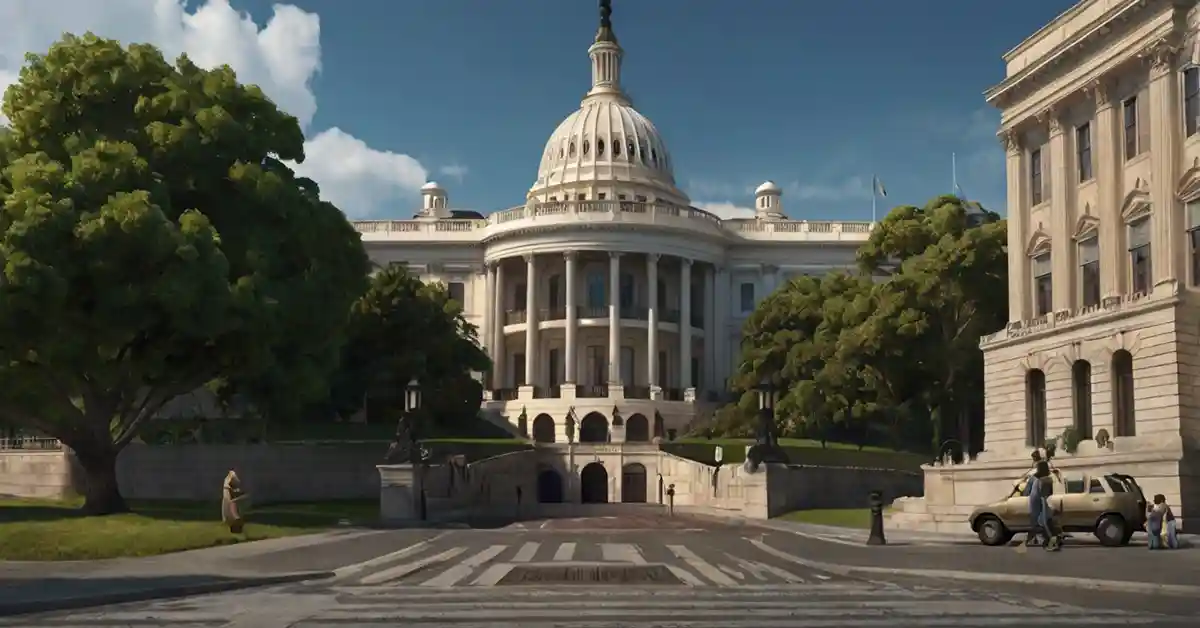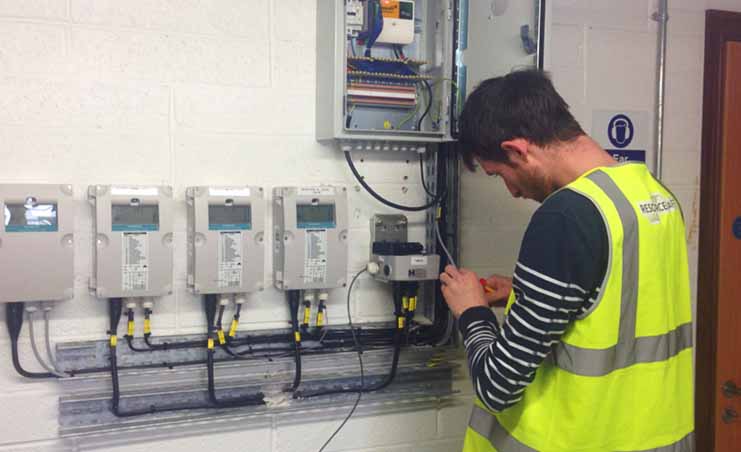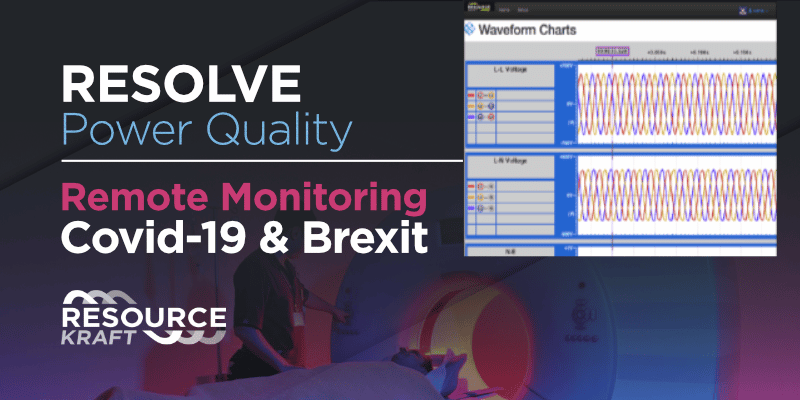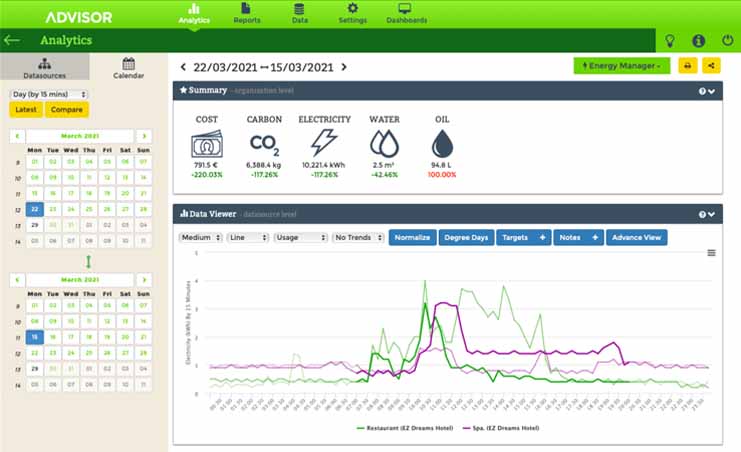Dashing round the house switching off appliances like the dreaded immersion is one thing but what if you had hundreds of buildings to manage and thousands of energy-hungry appliances you had to check? That’s the scale of the problem facing many large businesses wanting to manage their energy usage wisely.
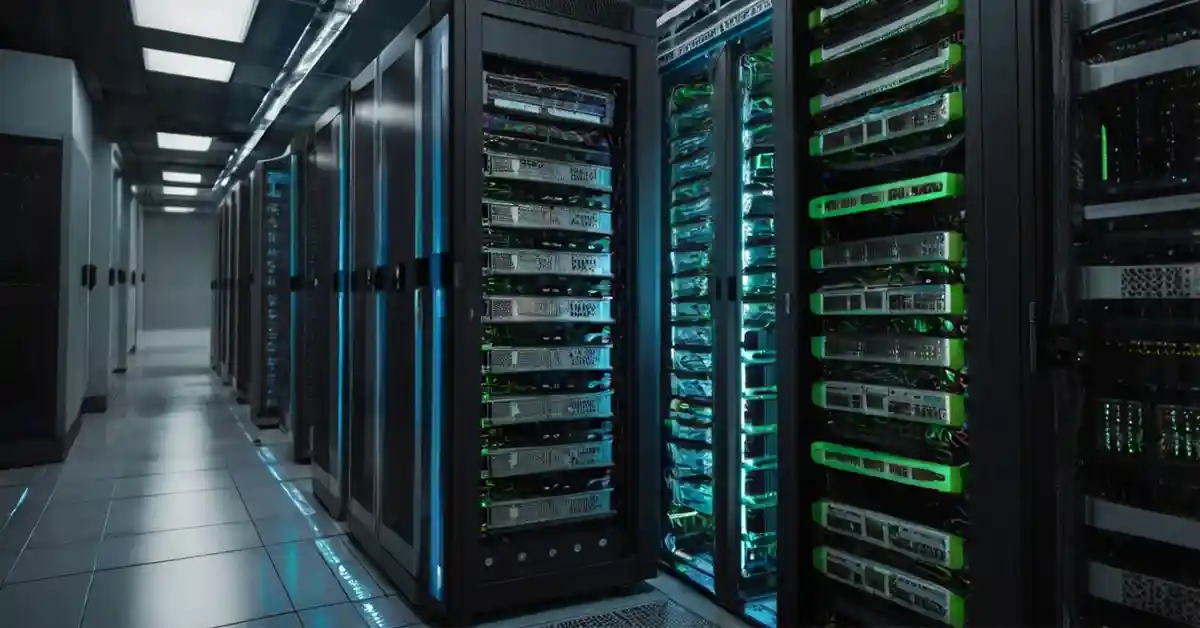
Who’s using all this energy?
Like any cost-conscious homeowner, the first thing a large organisation needs to do is get an accurate picture of how much energy is being consumed. Even better, they need to get real-time data. With this, they can first establish benchmark figures for consumption of electricity, gas and oil and then watch for patterns of energy use over a day, a week, a year. When is most energy consumed? Are there any unexplained variations?
Remote real-time monitoring
But who has the time to check hundreds of meters every hour never mind working out where the demand for power comes from? Thankfully, the latest and smartest real–time metering and monitoring systems now enable companies to track their use of energy on every site 24/7. And it can all be managed remotely with the real-time data from hundreds of locations supplied to just one central control centre.
The ISO 50001 standard
ResourceKraft has worked with Bank of Ireland for seven years supporting them to achieve the ISO 50001 standard for energy management. ISO 50001 is a continuous improvement initiative, aimed at understanding where energy is used within an organisation’s operations and whether it’s appropriate. For example, ensuring that air conditioning only runs during business hours and isn’t left running through the night.
Understanding variations in consumption
In 2009, ResourceKraft won a tender to provide building energy and water management solutions for the bank’s branch network in Ireland. At the time it wasn’t easy to understand large variations in energy use across the branches. Why did similar sized branches in different parts of the country need widely varying amounts of energy to run? Frank Casey, VP Business Development and Founder of ResourceKraft explains what they did first.
Smart meters
“We ran a pilot in 20 branches, installing our smart meters which measure data every 15 minutes and upload the figures to the cloud from where they can viewed, analysed and interpreted anywhere in the world. Continuous monitoring during the pilot helped establish benchmark usage rates which then helped identify differences from the norm – for example when heating had been accidentally left on over a weekend.”
10% electricity savings
“Our measurement and analysis of 15-minute interval data from electricity, fuel oil, gas and water identified an average of 10% of available electricity savings per branch per month. Having proof of actual water use gives us auditable data which allows us to talk to suppliers about the accuracy of their bills and identify simple things like replacing a stopcock to reduce water loss.”
Costing further savings
“Bank of Ireland now has several years’ historical data, they monitor 330 sites remotely and can identify issues very quickly. We can help cost the savings from, for example, replacing old halogen lamps with LEDs or replacing a heating system. And by analysing costs per cubic metre, we can identify high energy users on a like-by-like basis.”
World class energy management
In 2010, Bank of Ireland became the first financial institution in the world to attain EN16001 (ISO 50001) accreditation for the Energy Management Systems at the IT and Operations centres in Cabinteely, County Dublin.
In 2015, the Energy Management systems at their IT and Operations centres had their ISO50001 certification renewed and extended to cover a further three large office buildings in Dublin. Together, these five buildings account for more than a third of the bank’s total energy use.
Neil Cubley, Bank of Ireland
